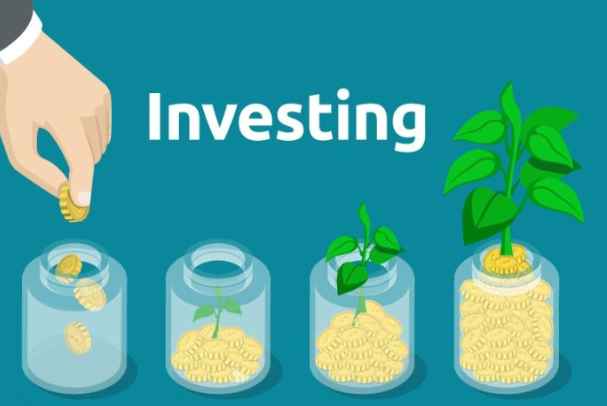Investing is a smart way to make your money work for you and build wealth over time. Whether you’re saving for retirement, buying a home, or just trying to grow your savings, investing can help you reach your financial goals.
Access exclusive content on the moneymortal platform and stay informed with valuable updates.

What is Investing?
Investing means putting your money into financial products or assets with the expectation of making a profit. Instead of letting your money sit idle in a savings account, you can invest it in stocks, bonds, mutual funds, real estate, or other assets that have the potential to grow in value over time.
Why Should You Invest?
Investing allows you to:
- Build Wealth: Over time, investments can generate returns that outpace inflation, helping you build wealth faster than simply saving money.
- Generate Passive Income: Certain investments, like rental properties or dividend-paying stocks, can provide regular income without active effort.
- Reach Financial Goals: Whether it’s buying a house, funding your child’s education, or retiring comfortably, investing can help you achieve your long-term financial objectives.

Types of Investments
Stocks: When you buy a stock, you’re buying a small piece of a company. If the company does well, the value of your stock may go up. But if the company struggles, the value could go down.
Bonds: When you buy a bond, you’re essentially lending money to a company or government. In return, they promise to pay you back the amount you lent plus interest over time.
Mutual Funds: These are like baskets of investments. Instead of buying individual stocks or bonds, you can buy mutual funds, which pool money from many investors to buy a variety of investments.
Real Estate: This involves buying property, like houses or apartments, with the hope that the property will increase in value over time. You can also earn rental income from tenants.
Alternative Investments: These include things like gold, art, or cryptocurrencies etc. They can be riskier but may offer higher potential returns.
How to Start Investing?
- Set Goals: Determine your investment objectives, such as saving for retirement, buying a house, or funding education.
- Understand Risk: Different investments carry different levels of risk. Be aware of the risks associated with each investment type.
- Start Small: Begin with investments that match your risk tolerance and financial situation. Consider low-cost index funds or ETFs for a diversified approach.
- Diversify: Spread your investments across different asset classes (stocks, bonds, real estate) to reduce risk.
The relationship between Risk and Return
The relationship between risk and return is fundamental to investing. Generally, the higher the potential return of an investment, the higher the risk associated with it. This is known as the risk-return tradeoff. For example, investing in the stock market can offer higher returns over the long term compared to bonds or savings accounts, but it also comes with greater risk. Conversely, lower-risk investments, like certificates of deposit (CDs), offer more modest returns but provide greater security for your principal investment.
Risk and Return are two sides of the same coin in investing. While the potential for higher returns is tempting, it is essential to be aware of the associated risks and
Understanding Risk
In investing, risk refers to the possibility of losing some or all of the money you invest. Different investments carry different levels of risk. For instance, stocks are considered riskier than bonds because their prices can fluctuate widely based on market conditions, company performance, and other factors. High-risk investments can lead to significant losses, but they also offer the potential for higher returns. On the other hand, lower-risk investments, like government bonds or savings accounts, are more stable but typically offer lower returns.
Understanding Return
Return is the profit you earn from your investments. It can come in different forms, such as capital gains, dividends, or interest payments. Capital gains are the profits you make when you sell an investment for more than you paid for it. Dividends are regular payments made by companies to their shareholders from their profits. Interest is the return you earn from lending your money, as with bonds. The return on an investment is usually expressed as a percentage of the initial amount invested.
Conclusion
Investing is a powerful way to grow your money over time. By understanding the different types of investments, the risks involved, and how to get started, you can make informed decisions that help you achieve your financial goals. Remember, investing is not a get-rich-quick scheme; it’s about making your money work for you over the long term.
